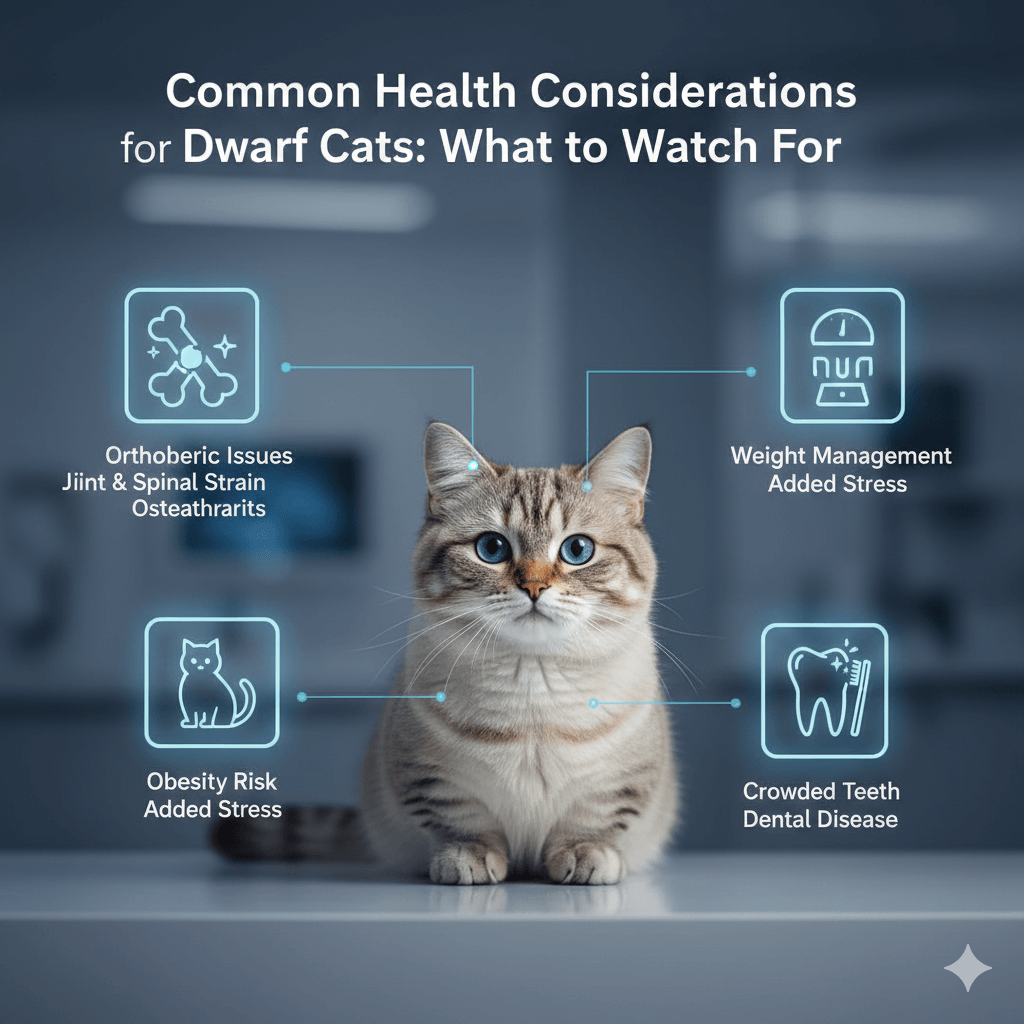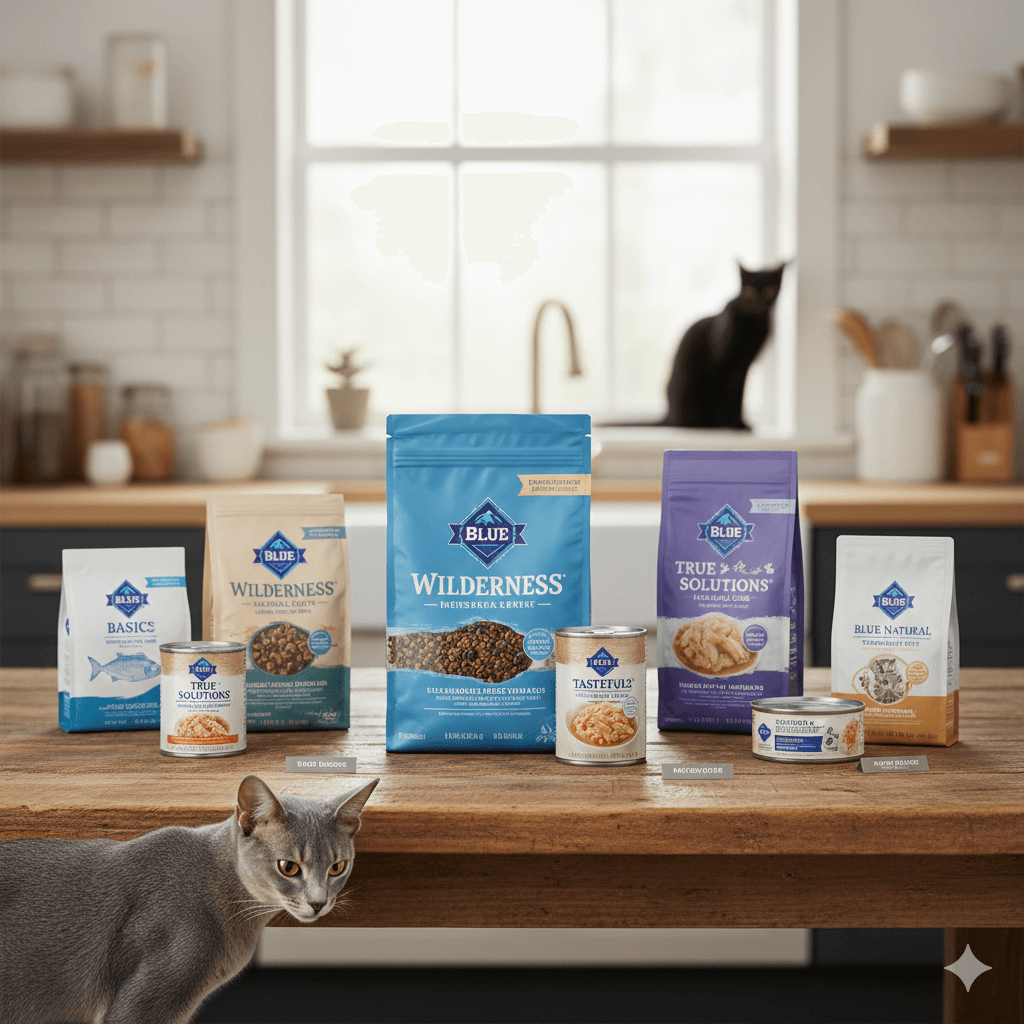Why Does My Dog Paw at Me When I Stop Petting Her? Understanding This Endearing Behavior
Dogs have a unique way of communicating their needs and desires, and one of the most common behaviors dog owners encounter is pawing. If you’ve ever found yourself wondering why your furry friend insists on tapping you with their paw when you stop petting them, you’re not alone. This behavior, while adorable, can sometimes leave us scratching our heads (pun intended). In this blog post, we’ll delve into the reasons behind this action, explore how it fits into your dog’s communication toolkit, and provide tips on how to manage or redirect this behavior if needed. Let’s uncover the meaning behind those persistent paws!
What Does Pawing Mean? Decoding Your Dog’s Actions
Pawing is more than just a random act—it’s a form of communication that serves several purposes for your dog. Here are some common reasons why your dog might be pawing at you:
Seeking Attention:
Dogs often use their paws to get your focus, especially if they feel neglected or want something specific, like food, playtime, or affection.Expressing Affection:
Just as humans might reach out to touch someone they care about, dogs use their paws to show love and connection.Requesting More Petting:
If your dog enjoys being petted, they may paw at you to signal that they want the attention to continue.Instinctual Behavior:
Some breeds are naturally more inclined to use their paws due to their genetic predisposition, such as herding or working dogs.Signaling Discomfort or Anxiety:
In certain cases, pawing can indicate unease or stress, particularly if accompanied by other signs like whining or pacing.
Understanding these motivations can help you better interpret your dog’s actions and respond appropriately. Remember, every dog is unique, so observing your pet’s overall behavior will give you deeper insights into what they’re trying to convey.
How to Respond to Pawing: Tips for Positive Reinforcement
When your dog paws at you, it’s essential to address the behavior in a way that encourages good habits. Here are some strategies to consider:
Redirect Their Energy:
Offer a toy or engage in a game to channel their need for interaction into a more constructive activity.Set Boundaries Early:
If pawing becomes excessive, teach your dog alternative ways to ask for attention, such as sitting quietly or nudging gently.Reward Desired Behaviors:
Praise and reward your dog when they exhibit calm and polite behaviors instead of pawing.Avoid Reinforcing Unwanted Actions:
Be mindful not to unintentionally encourage pawing by giving in every time your dog uses this tactic.Practice Consistency:
Ensure all family members follow the same rules to avoid confusing your dog with mixed signals.
By implementing these techniques, you can foster a harmonious relationship with your pet while setting clear expectations. Training takes patience, but consistency will yield positive results over time.
Check this guide 👉Why Does My Dog Lick Me Excessively at Night? Best 7 Tips!
Check this guide 👉Why Do Dogs Lick Your Feet? Best 7 Expert Tips!
Check this guide 👉Why Is My Dog Suddenly Afraid to Go Outside? Best 7 Tips!

Reasons for Pawing | Ways to Address It |
|---|---|
Seeking attention | Redirect with toys or games |
Expressing affection | Acknowledge their feelings warmly |
Requesting more petting | Gradually reduce petting sessions |
Instinctual behavior | Provide breed-appropriate activities |
Signaling discomfort or anxiety | Observe for additional signs and consult a vet |
Common Misconceptions About Pawing
While pawing is generally harmless, there are a few misconceptions about this behavior that deserve clarification:
“Pawing Means My Dog Is Dominant”:
Contrary to popular belief, pawing isn’t always a dominance display—it’s usually a simple request for attention or affection.“Ignoring Pawing Will Make It Go Away”:
While ignoring unwanted behavior can sometimes work, it’s crucial to pair it with positive reinforcement for desired actions.“All Dogs Paw for the Same Reasons”:
Every dog is different, and pawing can stem from various motivations depending on the individual.“Pawing Is Always a Bad Habit”:
In many cases, pawing is a natural and healthy form of communication between dogs and humans.“Training Can’t Fix Pawing”:
With consistent training and patience, even deeply ingrained behaviors like pawing can be modified successfully.
By dispelling these myths, you can approach your dog’s pawing with a clearer understanding and realistic expectations.
Fun Facts About Dog Paws You Might Not Know
Dog paws are fascinating structures that play a vital role in their daily lives. Here are some intriguing tidbits you may find surprising:
Paws Act as Sweat Glands:
Unlike humans, dogs primarily sweat through their paws, which helps regulate body temperature.Each Paw Has Unique Patterns:
Similar to human fingerprints, no two dog paws have identical pad patterns.Paws Are Sensitive Detectors:
A dog’s paws contain numerous nerve endings, allowing them to sense vibrations and textures in their environment.Webbed Feet Aren’t Just for Water Dogs:
While breeds like Labrador Retrievers have webbed feet for swimming, many other dogs also possess slight webbing to aid in movement.Paws Come in Different Shapes and Sizes:
Depending on the breed, dog paws can be compact, hare-like, or even bear-shaped, each suited to specific tasks.
These fun facts highlight the incredible design and functionality of your dog’s paws, making them even more remarkable companions.
Understanding Your Dog’s Emotional State Through Pawing
Pawing can often provide insight into your dog’s emotional state. Observing this behavior in context can help you better understand what they’re trying to communicate. Here are some common emotional cues associated with pawing:
Excitement:
Dogs may paw at you when they’re overly excited, such as during playtime or when anticipating a treat.Curiosity:
If your dog is exploring a new environment or situation, pawing might be their way of seeking reassurance from you.Loneliness:
A dog that feels isolated or left out may paw at you to reconnect and feel included again.Uncertainty:
In unfamiliar or stressful situations, pawing can indicate that your dog is looking for guidance or comfort.
By paying attention to these subtle signals, you can respond appropriately and strengthen your bond with your pet. Remember, every paw touch is a conversation starter!
Breeds Known for Frequent Pawing Behavior
Certain breeds are naturally more inclined to use their paws as a form of communication due to their genetics and historical roles. If you own one of these breeds, you might notice pawing more frequently. Here’s a list of breeds known for this behavior:
Retrievers (Labrador, Golden):
These friendly and affectionate dogs often use their paws to initiate play or show love.Boxers:
Boxers are known for their playful nature and may paw at you to keep interactions lively.Husky:
Huskies are expressive and social, often using their paws to demand attention or express frustration.Bulldogs:
Despite their laid-back demeanor, Bulldogs can be surprisingly persistent with pawing when they want something.Australian Shepherds:
Highly energetic and intelligent, these dogs may paw to engage you in activities or tasks.
If your dog belongs to one of these breeds, don’t be surprised if pawing becomes a regular part of your daily routine. It’s simply their way of staying connected with you!
Ways to Strengthen Your Bond While Managing Pawing
While pawing is a natural behavior, managing it effectively can enhance your relationship with your dog. By combining training techniques with bonding activities, you can create a balanced dynamic. Here are some ideas to try:
Teach Commands Like “High Five”:
Training your dog to perform tricks with their paws can channel their energy into positive actions.Engage in Interactive Play:
Use toys like tug ropes or fetch balls to redirect their need for physical interaction.Practice Calm Greetings:
Train your dog to greet you calmly without immediately resorting to pawing.Incorporate Mental Stimulation:
Puzzle toys or scent games can keep your dog mentally engaged and reduce unnecessary pawing.Spend Quality Time Together:
Regular walks, grooming sessions, or cuddle time can fulfill their need for connection and minimize attention-seeking behaviors.
By incorporating these strategies, you’ll not only manage pawing but also deepen the trust and affection between you and your furry companion. After all, a well-balanced dog is a happy dog!
Frequently Asked Questions About Dog Pawing
Why does my dog only paw at me and not others?
Your dog likely feels a stronger bond with you or has learned that pawing gets your attention specifically.
Should I punish my dog for pawing?
No, punishment can create fear and confusion. Instead, focus on redirecting the behavior positively.
Can pawing indicate health issues?
In rare cases, excessive pawing could signal discomfort or pain. Consult a vet if you notice unusual behavior.
How do I train my dog to stop pawing?
Use positive reinforcement to reward calm behaviors and redirect their energy toward acceptable activities.
Is pawing a sign of separation anxiety?
It can be, especially if paired with destructive behaviors or excessive vocalization when left alone.
Embrace the Paw-sitive Side of Your Dog’s Behavior
Pawing is a charming yet complex behavior that reflects your dog’s personality and needs. By understanding its underlying causes and responding thoughtfully, you can strengthen the bond you share with your four-legged friend. Whether it’s a playful tap or a gentle reminder to keep the cuddles coming, your dog’s paws are a testament to their unique way of connecting with you. So next time your pup reaches out, take a moment to appreciate the silent conversation happening right beneath your fingertips. After all, life is better with a little paw-sitivity!
Cat Anxiety Treatment: 7 Proven Ways to Calm Your Stressed Feline Cats are masters of hiding their distress — but when …
Is Royal Canin Good Cat Food? Best 7 Expert Tips! Learn the truth about this brand & get vet-approved advice on feeding, ingredients, and tailored formulas.
Dwarf Cat Lifespan: Best 7 Expert Tips! Discover how to ensure a long, healthy, and happy life for your short-legged feline companion.
Blue Buffalo Cat Food: Best 7 Expert Tips! Discover how to choose the right formula, feeding strategies, and nutritional benefits for your feline friend.




